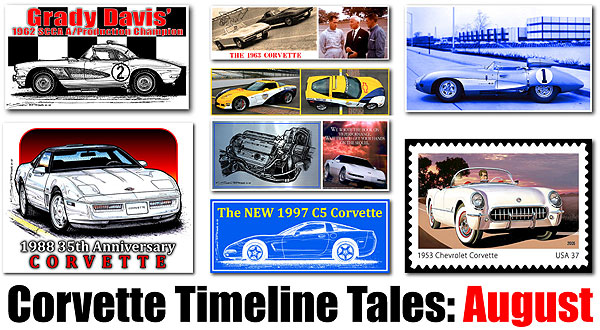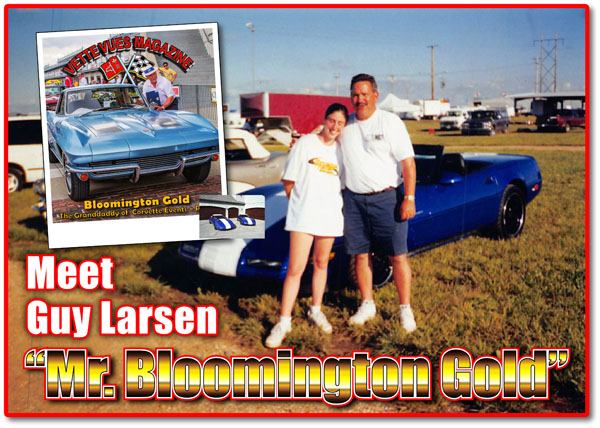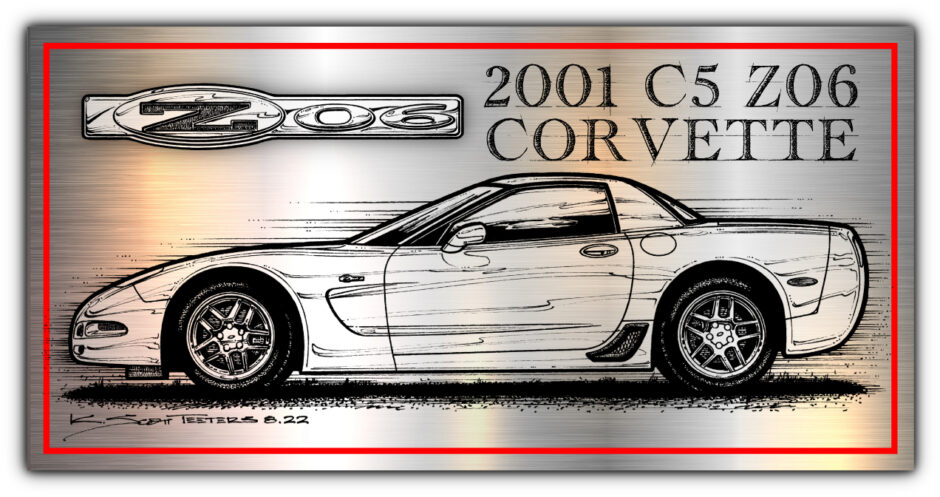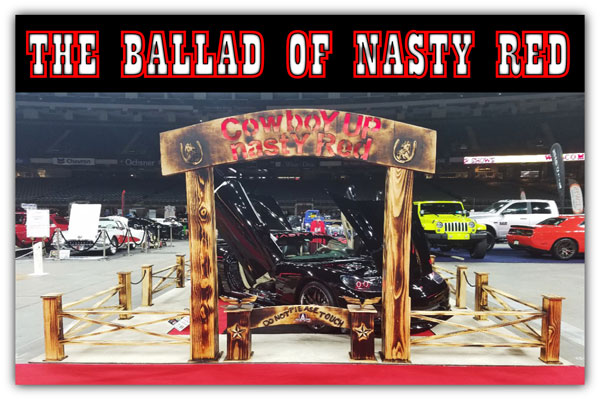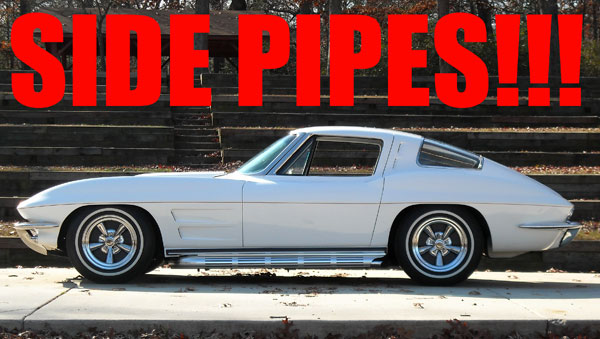Chevrolet sold just under 250,000 C5 Corvettes during its eight-year production run. While under the leadership of Corvette chief of engineering Dave Hill, the Corvette moved more into the realm of a finished GT car than ever before. The new LS1 engine was stronger, the chassis was more rigid, the ride was more forgiving and precise, and the interior had more room for passenters and storage. And thanks to the C5-R Corvette Racing program and plenty of tuners, the new GT Corvette was more of a brute than it had ever been – but now it had refined manners to go along with its grunt. Read More
Search Results for: Dave Hill
Vette Videos: 1997 C5 Corvette TV Commercial “WHAT IS IT?!?”
The C5 Corvette was supposed to be out years before, but financial troubles at GM kept pushing back the release date. While this was frustrating for Corvette fans, the positive part was that it gave the Corvette team the time to make the car as good as they could. The basic design of the C5 platform was started by Corvette chief engineer Dave McLellan. When mcLellan retired in 1992, former Cadillac engineer, Dave Hill was made the third Chief Engineer for the Corvette. The C5 was so well designed that by ‘99 engineers determined that they had done nearly as much to the car’s platform as they could, without designing a new platform. This naturally paved the way for the C6 Corvette. Read More
Corvette Timeline Tales – August
The only thing hotter than an August day in Michigan was the all-new, 1963 Corvette Sting Ray. The GM Proving Ground was first opened in 1924 and was the industry’s first dedicated automobile testing facility. Located in Milford, Michigan, the facility is huge and today has 4,000 acres, 107 buildings, and employs around 4,800 people. Some say that in the summer months, out on the 4,000 acre black asphalt surface, the temperature can reach 140-degrees! Read More
Meet Mr. Bloomington Gold; Guy Larsen
Recently we had a conversation with Guy Larsen, the current owner and CEO of Bloomington Gold. What started out as a regional Corvette parts swap-meet in 1973, quickly became a force of nature that added a depth of credibility to mostly-original Corvettes. When the event started, it wasn’t called “Bloomington Gold”, it was simply “Corvette Corral”, and was held in Bloomington, Illinois.
To put this into perspective, in our interview with Guy, he said, “People lament that the Swap Meet part of Bloomington Gold isn’t what it used to be. Well, of course not. Back then, if a Corvette owner was looking for missing parts, he had to hunt and scratch around at swap meets because it was the only way to find parts. Everything changed when the internet and eBay started and Corvette parts started to become available online.” Read More
“70 Years / 70 Stories” by Mario Brunner!
Z06 Corvette Review, Pt. 6 – 2001 Z06 Performance Model Corvette Launches
The Ballad of Red Eldor’s and His Faithful 2009 Corvette, “Nasty Red”
Roger “Red” Eldor and Paula “Trigger” Lawson-Eldor blend their passion for horses with their passion for Corvettes! Dateline: 2-8-22 Written by K. Scott Teeters, Photos by Roger “Red” Eldor & Paula “Trigger” Lawson-Eldor. This story… Read More
What Happened to the Side Pipes?
It all got me to thinking about those infamous, barking side-pipes that were offered from ‘65 to ‘67, and slightly milder ‘69 side-pipes that made even the 300-HP small-block sound as ominous as a junkyard dog. Two unique designs were offered back then. Beginning in ‘63, as part of the overall Z06 package, was the $37.70 N11 option, the Off Road Exhaust System, which included low-restriction, under the car mufflers and 2-1/2-inch exhaust pipes. This option was available through to ‘68 and was officially listed as “off-road.” (That’s GM-speak for “race track”, is in, racing.) The N14 Side-mount Exhaust System was another animal altogether. The system begins at the end of the exhaust manifold flange with the typical 90-degree bend. But instead of bending towards the back of the car, the bends were directed towards the sides of the car. After a short distance of about 12-inches or so, there was a gentle bend of approximately 118-degrees that leads to a long, straight tube that passed as a “muffler.” The “muffler” portion that ran along the side rocker panel had small crimps that created little internal baffles – and not much baffle at that. Read More

